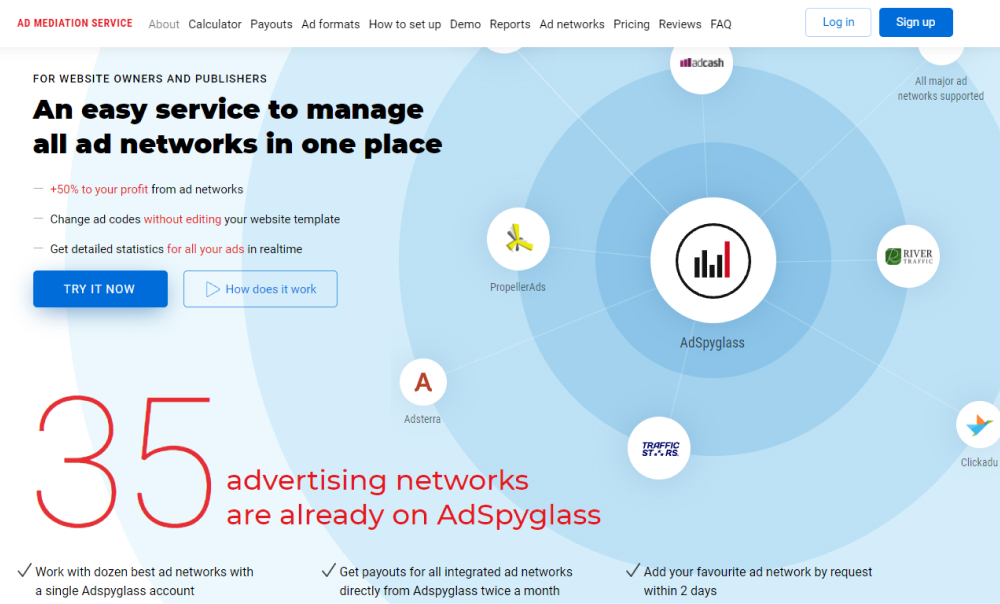Site structure refers to the way you organize your website’s content. Most websites contain various related topics that are presented on pages and posts. Site structure refers to how you group these content, link them and present them to your site’s visitors. A well-structured website has numerous benefits, including:
- Your website’s users will navigate easily
- Google can index your site’s URLs better
To structure your site well, you will need taxonomies like tags and categories, internal links, navigation, and breadcrumbs.
As you continually fill your website with more blog posts, product pages, etc., you should also make sure you structure it properly so that new additions and existing ones don’t get lost. You should also structure your site properly so that your visitors and Google can find what they are looking for on your website. Site structure is also important because:
- It guides Google to the essential content on your website
- It ensures you don’t compete with your content in your quest to grow your site’s visibility
- It improves your site’s user experience
Site structure usually involves:
- Removing old content
- Evaluating your categories
- Improving your site’s internal linking structure
